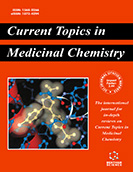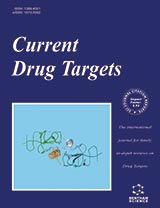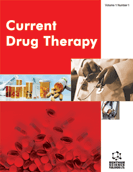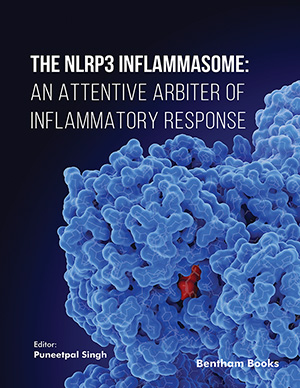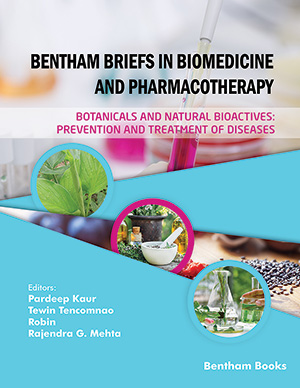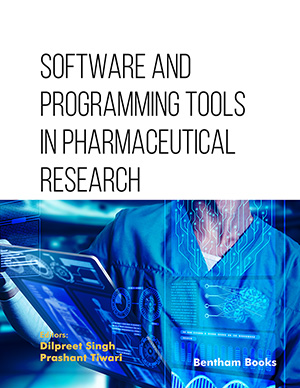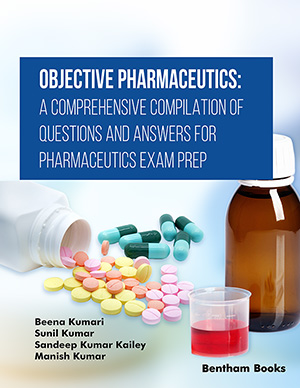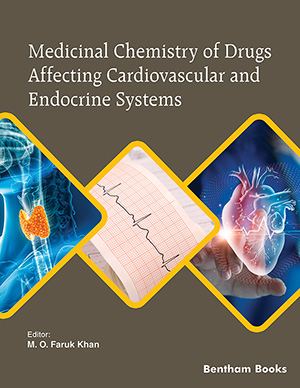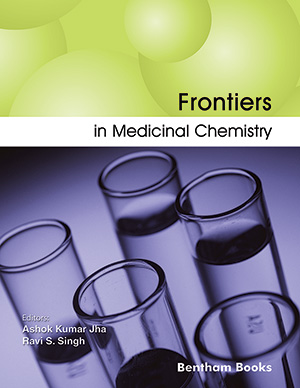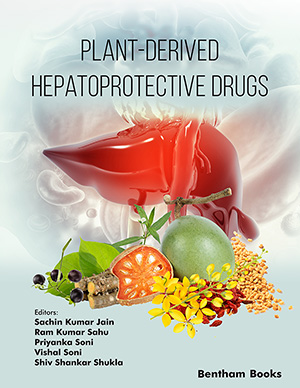Abstract
The concept of nonsynaptic communication between neurons, once a heretic idea, has become a self-evident fact during the almost forty years since its original discovery [1]. In this review we investigate whether the archetypical synaptic transmitters of the central nervous system, Glu and GABA, can operate via nonsynaptic transmission. While experimental data supporting the general concept of nonsynaptic transmission has been progressively accumulating during these years, most of the evidence regarding nonsynaptic transmission by Glu and GABA are results of the last decade. In this paper we collect evidence for different forms of nonsynaptic transmission by the Gluergic and GABAergic system. We investigate two theoretical predictions of the concept of nonsynaptic transmission in the light of recent progress in the field: i) since extrasynaptic receptors experience a lower concentration of agonist, they are likely to have higher affinity for the agonist ii) extrasynaptic receptors are expected to be more important pharmacological targets.
Keywords: Glu spillover, phasic and tonic GABA spillover, ambient Glu and GABA, concept of nonsynaptic transmission
Current Topics in Medicinal Chemistry
Title: Nonsynaptic Receptors for GABA and Glutamate
Volume: 6 Issue: 10
Author(s): E. S. Vizi and Arpad Mike
Affiliation:
Keywords: Glu spillover, phasic and tonic GABA spillover, ambient Glu and GABA, concept of nonsynaptic transmission
Abstract: The concept of nonsynaptic communication between neurons, once a heretic idea, has become a self-evident fact during the almost forty years since its original discovery [1]. In this review we investigate whether the archetypical synaptic transmitters of the central nervous system, Glu and GABA, can operate via nonsynaptic transmission. While experimental data supporting the general concept of nonsynaptic transmission has been progressively accumulating during these years, most of the evidence regarding nonsynaptic transmission by Glu and GABA are results of the last decade. In this paper we collect evidence for different forms of nonsynaptic transmission by the Gluergic and GABAergic system. We investigate two theoretical predictions of the concept of nonsynaptic transmission in the light of recent progress in the field: i) since extrasynaptic receptors experience a lower concentration of agonist, they are likely to have higher affinity for the agonist ii) extrasynaptic receptors are expected to be more important pharmacological targets.
Export Options
About this article
Cite this article as:
Vizi S. E. and Mike Arpad, Nonsynaptic Receptors for GABA and Glutamate, Current Topics in Medicinal Chemistry 2006; 6 (10) . https://dx.doi.org/10.2174/156802606777323782
| DOI https://dx.doi.org/10.2174/156802606777323782 |
Print ISSN 1568-0266 |
| Publisher Name Bentham Science Publisher |
Online ISSN 1873-4294 |
Call for Papers in Thematic Issues
Chemistry Based on Natural Products for Therapeutic Purposes
The development of new pharmaceuticals for a wide range of medical conditions has long relied on the identification of promising natural products (NPs). There are over sixty percent of cancer, infectious illness, and CNS disease medications that include an NP pharmacophore, according to the Food and Drug Administration. Since NP ...read more
Current Trends in Drug Discovery Based on Artificial Intelligence and Computer-Aided Drug Design
Drug development discovery has faced several challenges over the years. In fact, the evolution of classical approaches to modern methods using computational methods, or Computer-Aided Drug Design (CADD), has shown promising and essential results in any drug discovery campaign. Among these methods, molecular docking is one of the most notable ...read more
Drug Discovery in the Age of Artificial Intelligence
In the age of artificial intelligence (AI), we have witnessed a significant boom in AI techniques for drug discovery. AI techniques are increasingly integrated and accelerating the drug discovery process. These developments have not only attracted the attention of academia and industry but also raised important questions regarding the selection ...read more
From Biodiversity to Chemical Diversity: Focus of Flavonoids
Flavonoids are the largest group of polyphenols, plant secondary metabolites arising from the essential aromatic amino acid phenylalanine (or more rarely from tyrosine) via the phenylpropanoid pathway. The flavan nucleus is the basic 15-carbon skeleton of flavonoids (C6-C3-C6), which consists of two phenyl rings (A and B) and a heterocyclic ...read more
 8
8
- Author Guidelines
- Graphical Abstracts
- Fabricating and Stating False Information
- Research Misconduct
- Post Publication Discussions and Corrections
- Publishing Ethics and Rectitude
- Increase Visibility of Your Article
- Archiving Policies
- Peer Review Workflow
- Order Your Article Before Print
- Promote Your Article
- Manuscript Transfer Facility
- Editorial Policies
- Allegations from Whistleblowers
- Announcements
Related Articles
-
Patent Selections
Recent Patents on Inflammation & Allergy Drug Discovery Anionic Host Defence Peptides from the Plant Kingdom: Their Anticancer Activity and Mechanisms of Action
Protein & Peptide Letters Targeting ErbB3: the New RTK(id) on the Prostate Cancer Block
Immunology, Endocrine & Metabolic Agents in Medicinal Chemistry (Discontinued) Chemoresistance in High-Grade Gliomas: Relevance of Adenosine Signalling in Stem-Like Cells of Glioblastoma Multiforme
Current Drug Targets Recent Software Developments and Applications in Functional Imaging
Current Pharmaceutical Biotechnology Cytokines Play a Key Role in Communication between Mesenchymal Stem Cells and Brain Cancer Cells
Protein & Peptide Letters Synthesis and Biological Evaluation of New 1,3,4-Oxadiazoles as Potential Anticancer Agents and Enzyme Inhibitors
Anti-Cancer Agents in Medicinal Chemistry MicroRNAs in Cancer Therapy: From Bench to Bedside
Current Cancer Therapy Reviews Hypoxia-Inducible Factor-1 (HIF-1): A Potential Target for Intervention in Ocular Neovascular Diseases
Current Drug Targets Novel Oncogenic Protein Kinase Inhibitors for Cancer Therapy
Current Medicinal Chemistry - Anti-Cancer Agents Patent Analysis as a Tool for Research Planning: Study on Natural Based Therapeutics Against Cancer Stem Cells
Recent Patents on Anti-Cancer Drug Discovery Perspectives in Biomolecular Therapeutic Intervention in Cancer: From the Early to the New Strategies With Type I Interferons
Current Medicinal Chemistry Hormetic Potential of Sulforaphane (SFN) in Switching Cells’ Fate Towards Survival or Death
Mini-Reviews in Medicinal Chemistry Role of Unani Medicines in Cancer Control and Management
Current Drug Therapy Basis for the Application of Analytical Models of the Bloch NMR Flow Equations for Functional Magnetic Resonance Imaging (fMRI): A Review
Recent Patents on Medical Imaging Colloidal Polymeric Nanoparticles and Brain Drug Delivery
Current Drug Delivery A Simple, Efficient and Environmentally Benign Synthetic Protocol for the Synthesis of Spirooxindoles Using Choline Chloride-Oxalic Acid Eutectic Mixture as Catalyst/Solvent System
Combinatorial Chemistry & High Throughput Screening Interaction and Structural Modification of Topoisomerase IIα by Peptidyl Prolyl Isomerase, pin1: An In Silico Study
Protein & Peptide Letters Signal Transduction Therapy Targeting Apoptosis Pathways in Cancers
Current Signal Transduction Therapy Low Concentration of Caffeine Inhibits the Progression of the Hepatocellular Carcinoma <i>via Akt</i> Signaling Pathway
Anti-Cancer Agents in Medicinal Chemistry


